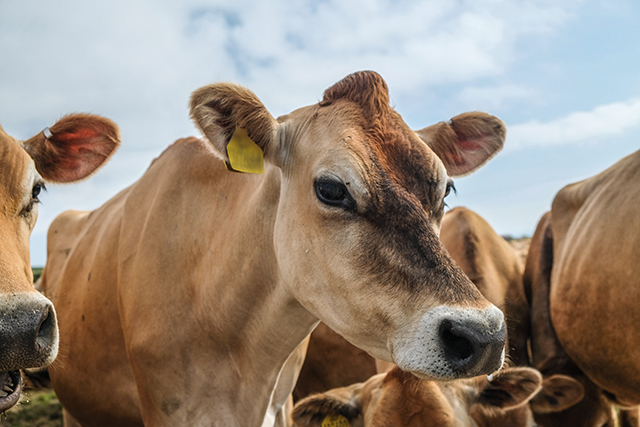
LIVESTOCK producers are rebuilding herds, which means the amount of cattle and sheep marketed in the first quarter of 2020 was reduced with 31,4% and 59,2%, respectively – affecting the sector’s output.
Considering the extent of farmers’s debts, it is anticipated the post-drought recovery will take three to five years.
This was revealed in the ‘First Quarter Agricultural Review of 2020’ by the Namibia Agriculture Union (NAU) released last week.
Researcher Bertha Ijambo says the marketing of a large amount of breeding stock for the past few years compromised the reproductive capacity of the Namibian livestock sector, putting pressure on the rebuilding phase after the drought and ultimately affecting agricultural productivity.
She says destocking took place during the drought to prevent major livestock and financial losses.
“The good rains received broke the spell of drought and marked the beginning of a restocking phase,” Ijambo says.
Reviewing data of the Meat Board of Namibia, Ijambo found the country exported 63 417 live head of cattle in the first quarter of 2019, compared to the 48 896 live head of cattle exported in the same period this year.
This indicates an estimated decrease of 22,9%.
Export abattoirs slaughtered about 20 991 head of cattle in 2019’s first quarter, and 9 111 head of cattle in the same period this year.
“This means throughput to export abattoirs reduced drastically by 56,6%,” she says.
The B- and C-class abattoirs reported a throughput of 9 225 head of cattle and 6 238 head of cattle in the first quarter of 2019 and 2020, respectively.
Ijambo says the trend of reducing slaughter and throughput numbers is attributed to the fact that farmers now have fewer animals to market.
In 2019 a significant number of cows were auctioned.
“Comparing Q1-2019 to Q1-2020, the marketing of cows at auctions decreased by 12,2%, so farmers auctioned 17 804 cows in Q1-2019 and 15 634 cows in Q1-2020,” Ijambo says.
She said the country received good rains in cattle-producing areas, which improved natural pasture and in turn increased the marketing of medium-sized cows by 8,2%, while the marketing of lean cows declined by 31%.
Sheep export abattoirs received approximately 52 903 sheep in Q1-2019, while in Q1-2020 about 14 700 sheep were exported, showing a major decrease of 72,2%.
Comparing quarters one of 2019 and 2020, the live export of sheep decreased by 58,8%.
In the first quarter of 2019, the country had 104 196 live sheep exported, compared to 42 910 in the first quarter of 2020.
Ijambo says farmers entered the restocking phase with negative cash flow.
As of 2019 (June), agriculture debts stood at N$7,1 billion from N$6,3 billion in 2018 (June).
The NAU cautioned the Covid-19 pandemic could negatively influence investments in the agriculture sector.
The current budget allocation to the Ministry of Agriculture, Water and Land Reform indicates disinvestment, the union says.
Namibia’s agriculture sector sustains about 70% of the population and supports a great part of the rural economy.
INPUT COST
The review found producers continue to pay more for a “basket of inputs” used in the production of livestock than what they receive for livestock sold.
As a result, producers had to advance their productivity and efficiency by 3,1% per annum for cattle, and by 0,7% per annum for sheep for the past 14 years.
The NAU production cost index stood at 106,1 base points in the first quarter of 2019, but increased to 109,4 basis points in Q1-2020.
“This is an indication that on a year-to-year basis the agri-inflation rate increased by 3,1%,” Ijambo says.
From the last quarter in 2019 to the first quarter in 2020 the agri-inflation rate dropped slightly with 0,6%.







